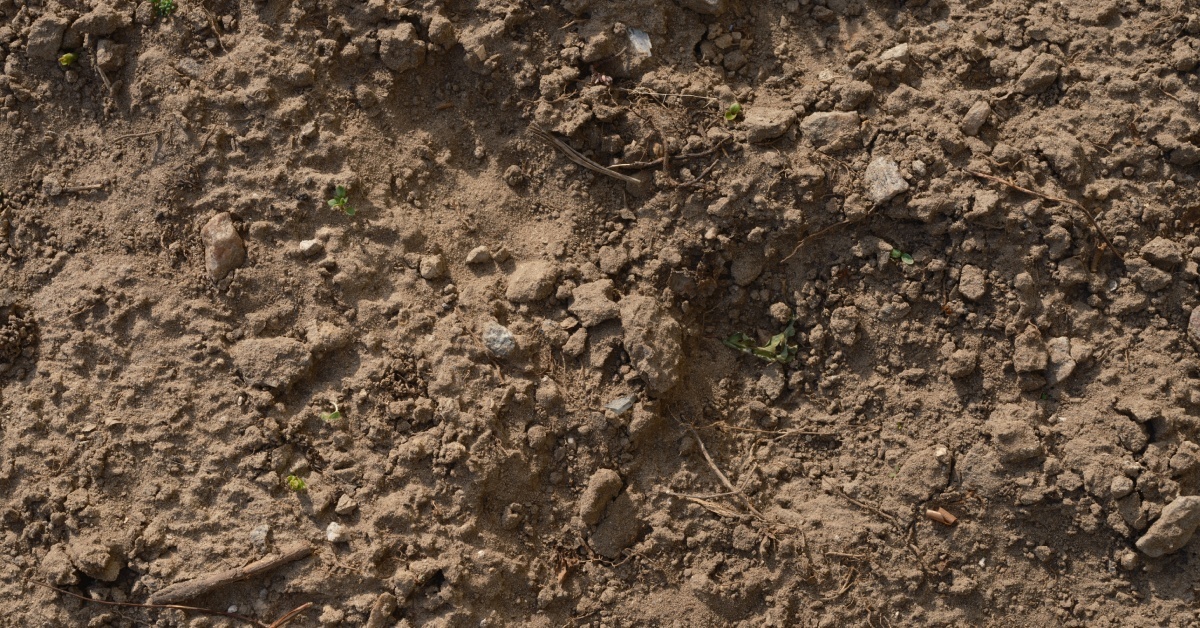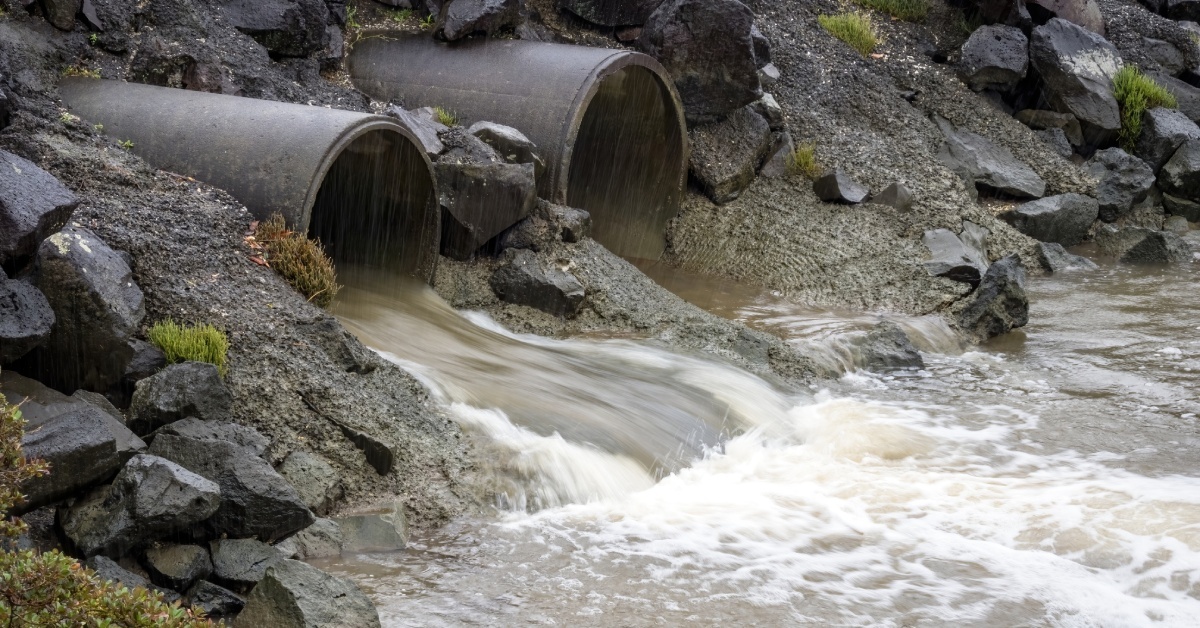Why the Permeability of Soil Fluid Storage Is Important
Permeability is a familiar variable in geotechnical and environmental engineering, but its role in fluid storage behavior is often underestimated. Site assessments tend to focus on infiltration potential, flow rate, or drainage performance. What can be missed, though, is how permeability determines a soil’s ability to retain, transport, or restrict fluid movement across both vertical and lateral pathways.
This oversight can lead to compromised designs, delayed remediation timelines, or incomplete risk analyses. Understanding why the permeability of soil fluid storage is important helps professionals interpret data with long-term performance in mind. Here’s what that looks like in practice.
What Permeability Means
For most projects, permeability is evaluated with specific objectives in mind—to predict water table shifts, verify drainage performance, or design for hydraulic conductivity. However, permeability isn’t just a flow property; it’s a functional boundary that determines how much fluid a soil can retain or allow to migrate.
This interaction between permeability and fluid storage plays a central role in the effectiveness of engineered solutions. In containment or barrier systems, for example, low-permeability soils may serve as passive fluid buffers.
In contrast, in recharge basins or agricultural systems, permeability must be matched to infiltration goals without oversaturating the subsurface. Grasping this relationship ensures that permeability data contributes to practical, buildable outcomes.
Why Soil Fluid Storage Matters
When permeability is evaluated in isolation—without accounting for the soil’s storage capacity—critical miscalculations can occur. A soil’s ability to hold water depends not only on its pore structure but also on saturation condition, compaction history, and mineral composition.
High-permeability soils like sand may transmit water rapidly, but they offer limited storage due to gravitational drainage. Meanwhile, finer-grained soils, such as clay or loam, can retain fluid long after rainfall or saturation events. For engineers, this means that surface-level drainage may not reflect subsurface conditions.
Fluid retention can also affect the soil’s weight, expansion potential, and chemical interactions, each of which can influence structural design or remediation strategies.

Project Scenarios That Depend on Accurate Data
Understanding permeability in the context of storage becomes vital in projects involving retention ponds, infiltration basins, leachate barriers, and underground storage systems. In each case, permeability data must be interpreted in conjunction with anticipated fluid volumes and recharge rates.
For instance, when designing a bioretention cell, using soil with low permeability may lead to ponding and surface overflow. If permeability is too high, the system fails to filter contaminants before the water exits the zone.
Similarly, in brownfield redevelopment, poorly draining soils may delay remediation progress by keeping contaminants in suspension, while overly permeable soils might carry pollutants deeper into the groundwater table. In both cases, uncalibrated assumptions about soil-fluid behavior introduce risk.
Soil Types and Their Behaviors
The performance of various soil types under fluid load isn’t just a matter of classification; it’s about their behavior under stress and saturation. While sand generally allows for quick fluid movement, its low capillary action limits its ability to retain water. Conversely, clays hold water tightly but drain poorly, which can cause buildup or prolonged saturation in engineered systems.
Silt, loam, and layered soil systems add further complexity. In mixed profiles, one layer may act as a flow conduit while another impedes it entirely. In some field investigations, lateral flow occurs due to permeability contrasts, even when vertical flow appears limited.
For accurate modeling or planning, geotechnical teams need to consider not only the average permeability but also vertical and horizontal variability across depths and zones.
Testing Methods and Field Limitations
Accurately measuring soil permeability requires more than just lab data. Field-based tests often yield the most useful insights, especially when evaluating in situ conditions. Common methods include constant-head and falling-head permeability tests, slug tests, and infiltration testing using double ring infiltrometers. Each has its place depending on soil type, saturation level, and project objectives.
The right geotechnical testing equipment is also crucial for minimizing disruptions and ensuring reliable data. For layered soils or transitional zones, tools that allow for incremental depth control or multiple sampling intervals provide a more complete view of subsurface fluid behavior.
Misinterpreting permeability due to limited or poor sampling coverage can lead to costly design errors, particularly in sites where fluid migration must be closely controlled.
Permeability and Compliance Risks
In many regulated projects—such as landfills, chemical storage facilities, and stormwater systems—permeability thresholds are directly tied to permitting and long-term compliance. Design assumptions based on flawed or incomplete permeability data can lead to violations or system underperformance, resulting in fines, mandated site modifications, groundwater contamination, or long-term remediation obligations.
Compliance requires demonstrating that containment and control strategies will remain effective over time. This involves using validated data, current field conditions, and an understanding of how soil permeability may shift due to environmental changes, seasonal cycles, or site activity.
Permeability can increase or decrease with compaction, disturbance, or chemical interaction—especially in high-traffic or remediation zones. Monitoring these changes is essential for sustaining compliance and performance.

Long-Term Site Impacts
Beyond compliance and immediate functionality, permeability influences how a site performs over time. In retention basins, it affects sedimentation rates, infiltration efficiency, and long-term storage capacity. In spill response, it dictates the rate and direction of contaminant spread, guiding both containment design and cleanup strategy.
Some permeability effects don’t become apparent until well after construction. A site that drains efficiently during installation may clog over time due to biofilm growth or sediment accumulation. Likewise, a containment area once considered stable may develop seepage issues after repeated wet-dry cycles. These risks reinforce the importance of treating permeability as a long-term design consideration, not just a pre-construction benchmark.
Permeability in Climate-Responsive Design
Shifting weather patterns and more frequent extreme events have made climate resilience a critical part of site design. Soil permeability directly affects a system’s ability to manage variable moisture loads, prolonged saturation, or rapid infiltration during storms.
Designs based on historical climate data may no longer perform as expected. Soils that previously drained well may now struggle with increased runoff, resulting in ponding, flooding, or erosion.
In low-permeability zones, heavy rainfall can cause pressure buildup or slope instability, especially in disturbed or engineered areas. Evaluating permeability through a climate-resilient lens helps prevent such failures and supports long-term site durability.
Partnering for Accurate Data
Comprehending why the permeability of soil fluid storage is important goes beyond lab measurements or standard field reports. It’s about aligning data with real-world behavior, regulatory requirements, and evolving project demands. When the right equipment and testing strategies come together, permeability becomes a tool—something to work with, not around.
We’re here to help you navigate the process with confidence. From selecting the right sampling and testing tools to providing field-ready solutions for a wide range of soil conditions, we support your work where precision matters most. Let’s make sure the data you depend on is ready for the challenge—because every successful project starts below the surface.
Recent Posts
-
10 Reasons Testing Groundwater Is Important
Groundwater is one of the most valuable resources we have. It provides drinking water for millions a …November 20, 2025 -
Why You Should Regularly Check Termite Bait Stations
In industries such as agricultural or groundwater management, unseen threats can quietly undermine y …November 12, 2025 -
How the Mining Industry Uses Sediment Sampling Data
In mining, the decisions made before the first shovel hits the ground can determine the success or f …September 26, 2025




